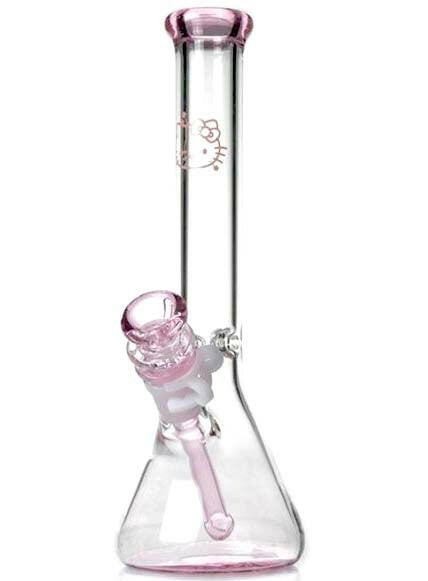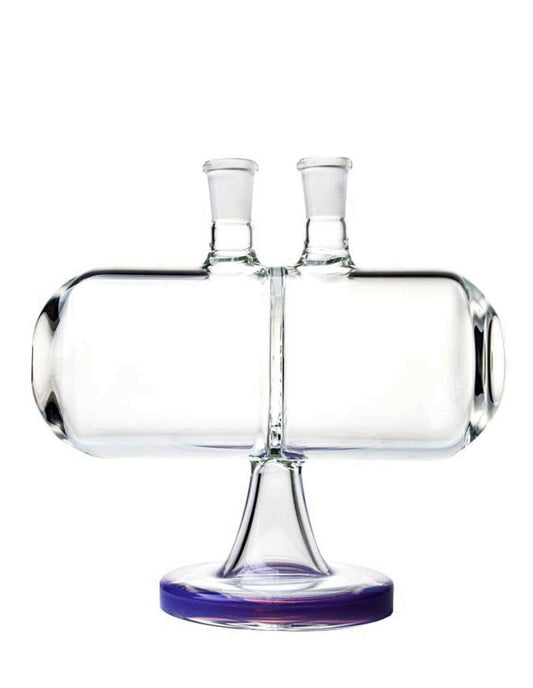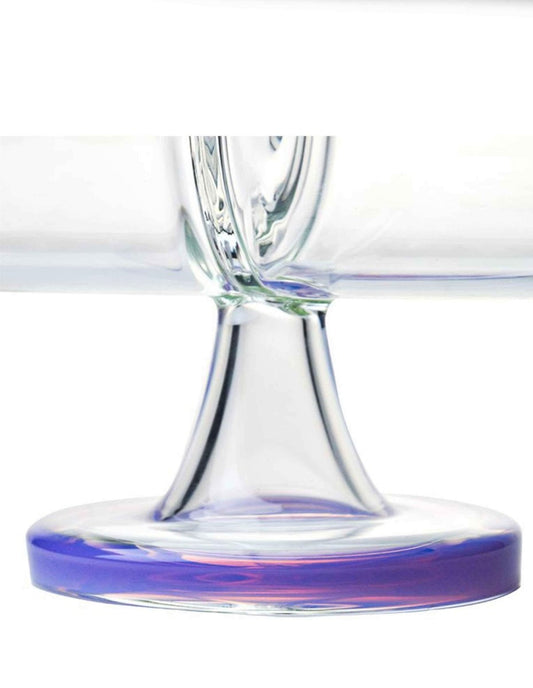How do I quit weed?
Firstly
It’s a fairly popular notion that “marijuana is not addictive”. You probably believed this yourself for a very long time but now maybe you’re starting to think otherwise.
Here’s some validation for what you’re going through right now:
- Research by the National Institute on Drug Abuse (NIDA) shows that 9% of recreational users develop a dependence on marijuana. If you started as a teenager, then the number jumps up to 17%.
- Since weed is the most popular recreational drug, these percentages translate to an estimated 2.7 million people just in the U.S. who struggle with marijuana dependence.
Some conspiracists will argue that this is flawed research issued by the government aimed at discouraging people from smoking weed.
OK, fine. Let’s look at it in a different way:
- An easy 1000 people per day search the internet with words like “how to quit smoking weed”.
- That’s 30,000 people per month looking for a solution to marijuana dependence.
Secondly
- Throw out all your pot and your smoking paraphernalia. If you remove the things that make it easy for you to start smoking again, you might be less likely to give in to your cravings. Here's what you should do:[1]Get rid of any lighters, matches, roach clips, bongs, or containers. Empty out all of your pockets to make sure you didn't miss anything.Flush any remaining weed down the toilet, so you can't simply dig it out of the trash later.Destroy all of your supplies. Or, if you can't render them useless, throw them into a disgusting dumpster so you're not tempted to climb in and get them. (You might want to wrap them in a discreet trash bag first, though.)Get rid of anything that even makes you want to smoke pot, whether it's your favorite video game or a poster in your room. This may sound extreme, but removing your triggers can help you beat your habit.If you have a dealer, take his number out of your phone.
- Make your decision clear to your support system. Tell trustworthy friends and family members what you're doing, and ask for their support in quitting. You'll probably find that they're thrilled to see you quit and support you however they can.This is especially important if you want to remain close to people who are active smokers. Tell them that you're not trying to get them to quit, but you'd appreciate it if they don't pressure you into using. If you get no support from anyone or if they try to get you to "join in", consider whether that person really belongs in your life if he/she can't respect your choices and requests.You may even have to avoid the friends that you smoke with for a while. If your entire social life with your friends consisted of getting high together, then you'll have to find a new social network. This may sound harsh, but that's the way it goes.
- Prepare for withdrawal. The good news is it's temporary: marijuana withdrawal begins 1 day after you quit cold turkey, hits a peak after 2 or 3 days, and eventually levels off after 1 or 2 weeks[2]. You might not experience any or all of them, but it's important to have a plan in place for what you'll do about them instead of going back to pot. The bad news is, there are symptoms. [3] Here are some of the symptoms you may experience:Sleeplessness: Try to avoid caffeine for the first few days, and hit the hay as soon as you're tired in the evening.Decreased appetite: You might feel nauseated at first. Try to eat bland foods that are easy on the stomach, such as bananas, rice, toast, oatmeal and apples.Irritability: As you experience the mood swings that accompany withdrawal, you might find yourself quick to anger or prone to crying. Plan for these ahead of time, and when they happen try to take a step back and acknowledge what's happening. Tell yourself, "This isn't me, and this isn't the situation. It's the withdrawal." Repeat it as often as you need to.Anxiety: Feeling on-edge or generally out of sorts is a common symptom of withdrawal that can come with quitting any drug. When you have a spare minute, close your eyes, breathe deeply, and remember that withdrawal is only temporary.Increased body temperature: you may feel hotter than normal and may start sweating from time to time.
- Find a replacement activity. Instead of using, devote your new free time to a hobby or sport. Try to make it something you can do as quickly and easily as lighting up — such as playing guitar or going for a run — and turn to it whenever you're tempted. If you're feeling too bored or depressed to do this, watch a movie that makes you smile or spend some time with a good friend who is not a user. Here are some other things to try:Taking long walksTalking to an old friend on the phoneSwimmingCookingReading the newspaper
- Change your routine. In addition to finding a new hobby, you should switch up your routine so that you don't start missing pot so badly during the time that you usually spent getting high. Here are some things you can do:[4]Change your morning routine. Try getting up a little earlier or later, having something different for breakfast, or showering at a different time.Change your work or school routine. Go to work or school by a different route, sit in a different seat if you can, and eat something different for lunch.Change your study routine. If you normally study in your bedroom (which leads to smoking pot), mix it up and study at a coffee shop or a library.Don't start eating less just to change up your routine, though. You may find that you're less hungry, but you should try to eat the same amount to stay healthy.
- Manage your urges. You will have an urge, or a craving to smoke, pretty often, and it's important to know how to react to these if you really want to quit. Here are some things you can do to avoid giving in to the craving for pot:[5]Avoid your trigger locations. Don't go to the places that make you want to smoke, whether its your friend's basement or the sop under your high school bleachers.Flee the scene. Wherever you find yourself when you get an urge, get out as soon as you can. Changing your environment as quickly as you can is your best bet.Breathe deeply. Take a deep breath through your mouth and hold the air in your lungs for 5-7 seconds until you feel more calm. Breathe it out through puckered lips, and repeat these steps until the feeling passes.Put something else in your mouth. Finding a substitute for your craving -- as long as it's not alcohol or another drug -- can help curb it. Try sugarless gum, sugarless candy, a diet drink, toothpicks, a pen or pencil, or even a straw.Drink water. Staying hydrated will keep you healthy and will help you battle your urges.
- Stick with it. The worst of the withdrawal should be over in a week or two, and we've all heard that saying about how it takes three weeks to make or break a habit. By the time a month's passed, you should be completely in the clear and free of your addiction. It might seem like an eternity while you're dealing with it, but try to remember that it's not that long.Plan a small celebration a month from your quit date. Having a milestone to look forward to can help you stay on-track, and you can use it as an excuse for a small reward like a night out or a present to yourself.







